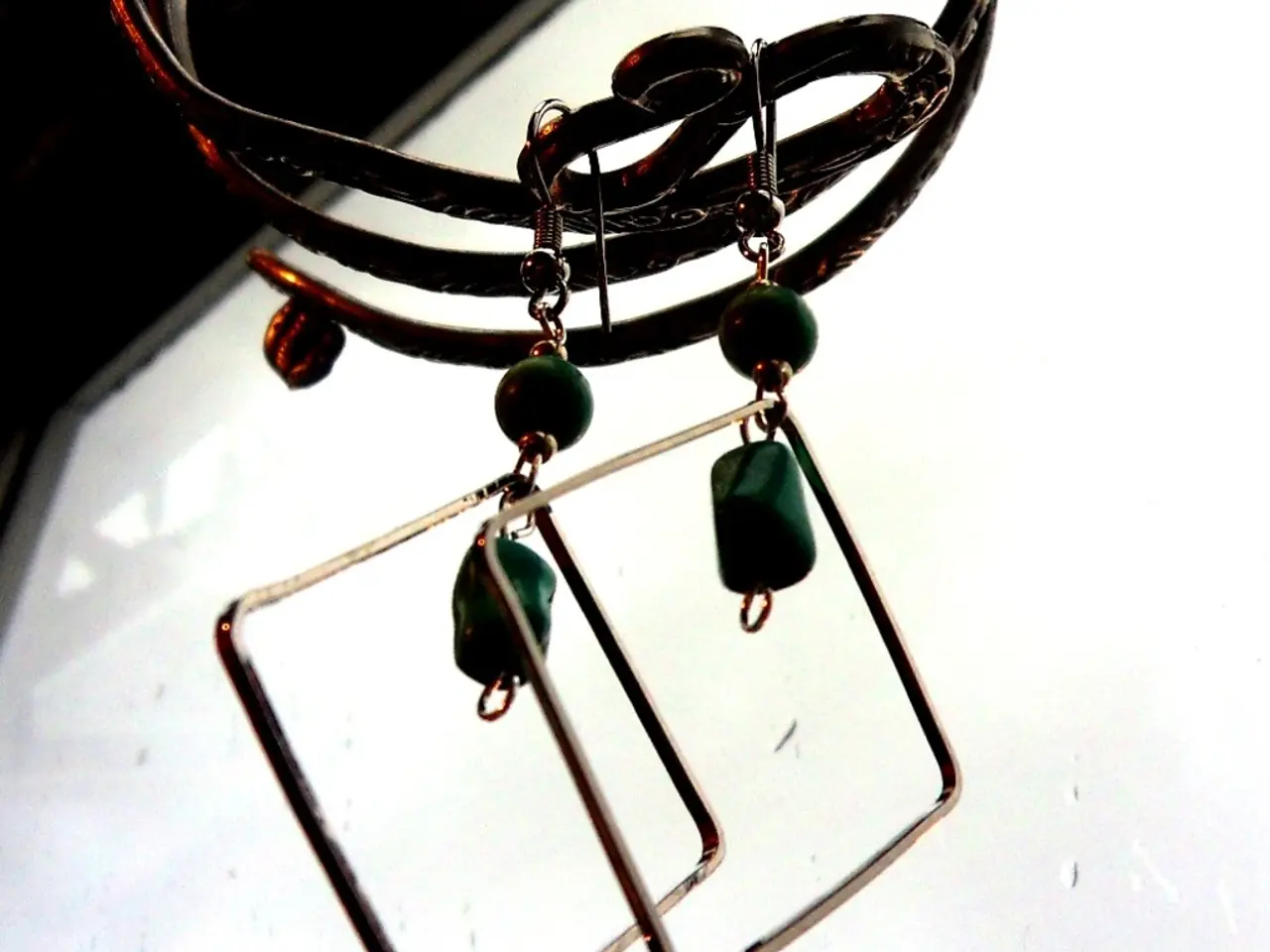Understanding Audiometry: The Key to Early Hearing Loss Detection
Hearing loss is a common issue, particularly among older adults. Audiometry, a simple and safe test, is often used to determine hearing ability and diagnose hearing loss. This article explains the procedure, its purpose, and the factors contributing to hearing loss.
Audiometry is a non-invasive exam that assesses hearing function. It measures hearing sensitivity to various frequencies and intensities, as well as balance and inner ear issues. The test uses decibels (dB) to measure sound intensity and hertz (Hz) to measure tone. Humans can typically hear tones between 20 and 20,000 Hz, with speech falling between 500 and 3,000 Hz.
The exam requires no special preparation and carries no risks. It's often performed due to suspected hearing loss, which can be caused by various factors. These include age-related degeneration, birth defects, chronic ear infections, inherited conditions, injuries, inner ear diseases, loud noises, and ruptured eardrums. Prolonged exposure to sounds above 85 dB can also lead to hearing loss. Sensorineural hearing loss, the most common type, is permanent and can range from mild to profound.
Audiometry is a crucial tool in identifying and understanding hearing loss. It's particularly important for older adults, with at least 25% of people over 50 and 50% of people over 80 experiencing some form of hearing loss. By detecting hearing loss early, audiometry can help manage the condition and improve quality of life.
Read also:
- Hospital's Enhancement of Outpatient Services Alleviates Emergency Department Strain
- Increased Chikungunya infections in UK travelers prompt mosquito bite caution
- Kazakhstan's Deputy Prime Minister holds discussions on the prevailing circumstances in Almaty
- In the state, Kaiser Permanente boasts the top-ranked health insurance program





